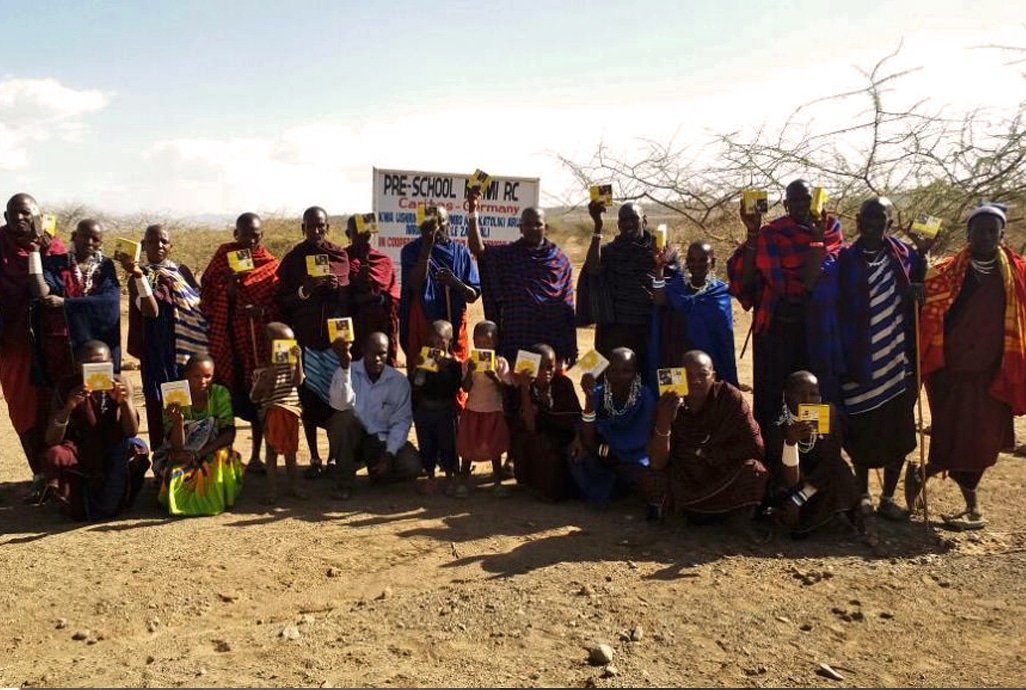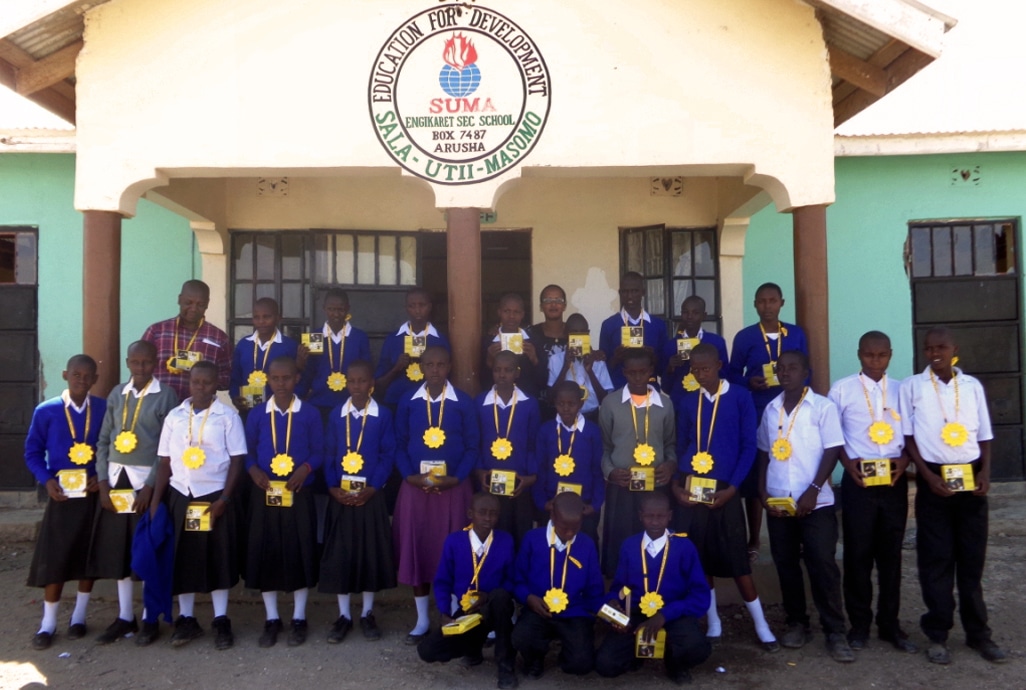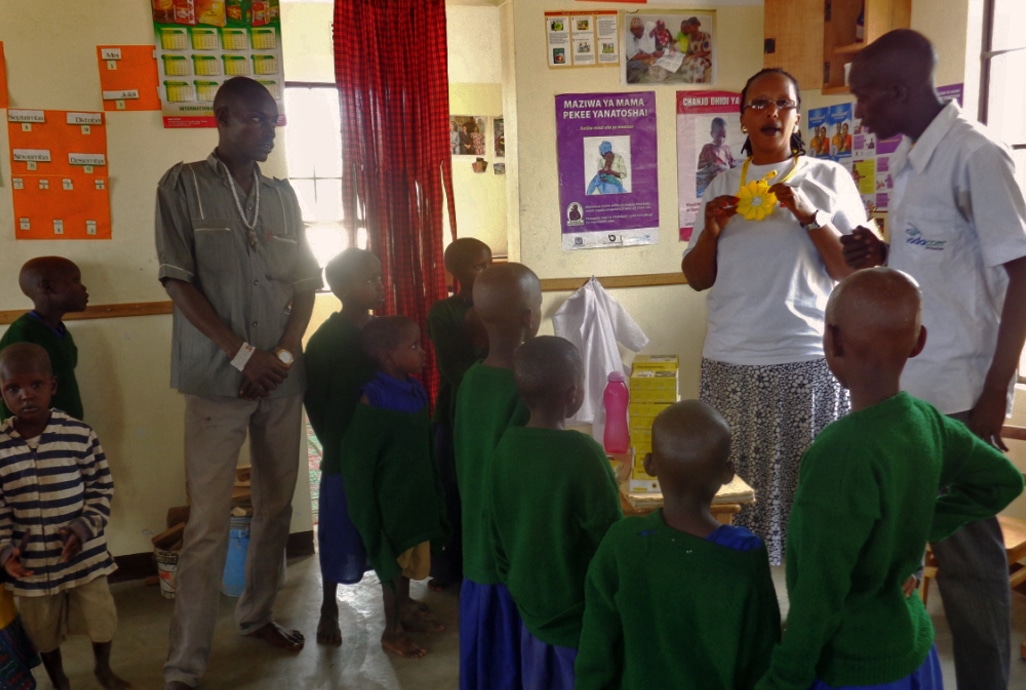Living in the Tanzanian Bush: How the Maasai Community use their Little Suns
In the remote, off-grid bush area where the Maasai community live, it is very difficult to find a reliable source of light after the sun goes down.
Maasai people traditionally live a semi-nomadic lifestyle, inhabiting parts of southern Kenya and northern Tanzania. Each tribe is led by a council of elders, and they adhere to a patriarchal societal structure. Maasai are known for their distinctive, vibrant dress and intricate jewellery. Traditionally, cattle are the main source of food and income, and work is organised into a communal farming system.
The Tanzanian government have attempted to enforce programs that encourage Maasai to abandon their ancient customs, and integrate with the rest of society. Recently Oxfam have spoken out against the government’s plans, arguing that the roaming lifestyle of the Maasai people should be embraced as a response to climate change, because of their ability to produce food in barren deserts and scrublands.

Little Sun and AIIDRO
800 solar lamps were generously donated and distributed by AIIDRO as part of their project to help marginalised rural communities like the Maasai. Preschools, primary and secondary schools across the Arusha and Manyara regions of northern Tanzania all received Little Suns.

As part of the distribution process, the Community Based Preschool Programme ran workshops educating Maasai children about solar energy and how to use their Little Sun lamps at home. As well as promoting gender equality and establishing health services, AIIDRO also support sustainability education, fuel the sustainable development of schools, and spread the power of solar!

How do Maasai school children use their Little Sun lamps?
Maasai share their environment with a whole host of insects and wild animals. The Little Sun solar lamp helps kids avoid dangerous situations like spotting any lethal creatures that may be lurking in the dark.
Now that they have their own solar lamps, kids can do their homework, read, write stories, draw pictures and help their parents with tasks in the evening. Some children now also have the freedom to go on their own little adventures, guided by their Little Sun light.

How do Maasai teachers use their Little Suns?
To motivate school children to work hard at their studies, Little Suns were distributed as rewards to students who were performing well in class. Teachers found that this encouraged the rest of the children to push themselves to excel with their work.
A selection of teachers were also given their own Little sun lamps, which they use to do their marking and prepare their lessons at night.

In light of such a well-received delivery of Little Suns, we hope that solar power will continue to flourish and spread across Northern Tanzania, just like the Maasai community.

